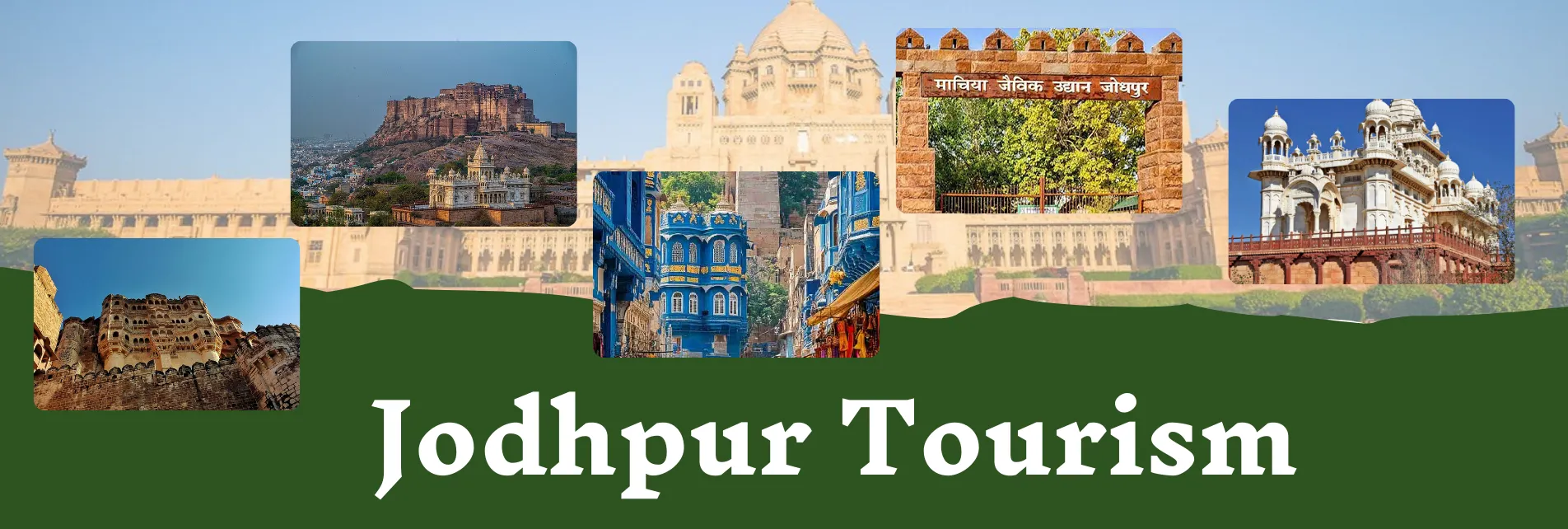
History and Culture of Jodhpur
History and Culture of Jodhpur, Jodhpur History, Jodhpur Culture, Blue City History, Rajput Heritage
Jodhpur's Legacy: A Deep Dive into the History, Culture & Traditions of the Blue City
Jodhpur, a city that resonates with the echoes of a glorious past, stands as a vibrant testament to Rajasthan’s rich heritage. Known as the “Blue City” for its distinctive azure-painted houses, Jodhpur’s history and culture are a compelling narrative of Rajput valor, artistic brilliance, and enduring traditions. Founded in 1459 by Rao Jodha, a formidable Rajput ruler of the Rathore clan, Jodhpur has evolved from a strategic fortress to a thriving cultural hub, preserving its royal legacy while embracing modernity.
The Genesis of Jodhpur: A Royal Saga
Rao Jodha's Vision
- Driven by strategic foresight, Rao Jodha established Jodhpur as the capital of the Marwar kingdom, shifting from the former capital of Mandore.
- The choice of the site, dominated by the imposing Mehrangarh Fort, was pivotal in establishing Jodhpur as a formidable stronghold.
- The stories of his bravery, and his planning of the city are still told today.
The Rathore Dynasty: A Lineage of Valor:
- The Rathore dynasty, renowned for their military prowess and administrative acumen, ruled Jodhpur for centuries, shaping its destiny.
- Their patronage of arts, architecture, and culture contributed significantly to Jodhpur’s cultural landscape.
- The Rathore history is filled with stories of battles, and of peace.
Architectural Grandeur: A Symphony in Stone
Jodhpur’s architectural heritage is a captivating blend of Rajput, Mughal, and colonial influences, reflecting the city’s historical evolution.
Mehrangarh Fort: A Majestic Citadel:
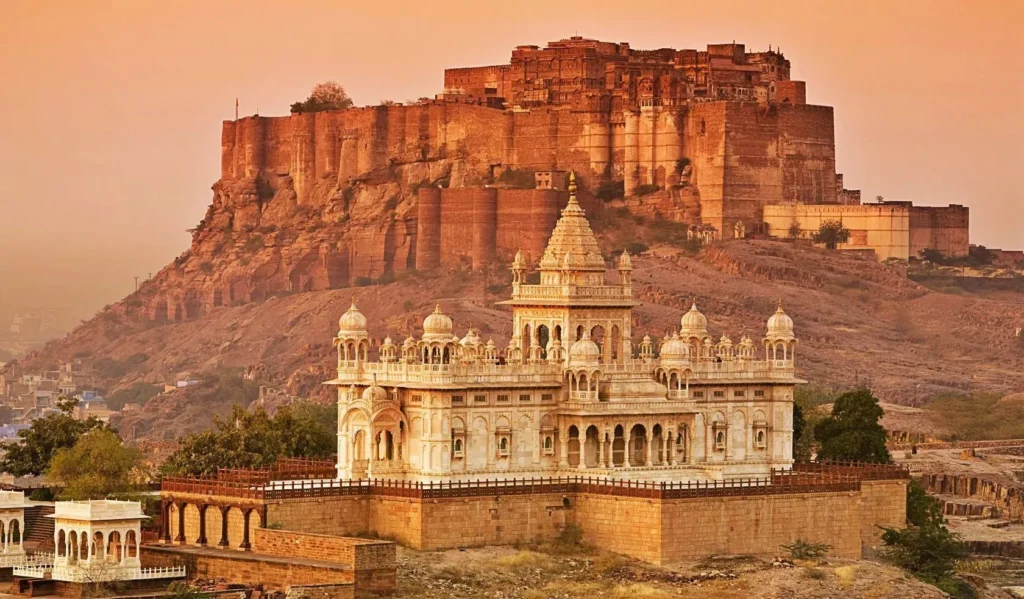
- Mehrangarh Fort, a UNESCO World Heritage Site, is an architectural marvel that dominates the city skyline.
- Its imposing walls, intricate carvings, and royal courtyards offer a glimpse into the opulent lifestyle of the Rathore rulers.
- The fort houses a museum that showcases a rich collection of royal artifacts, including weapons, textiles, and paintings.
- The view of the blue city from the fort, is a very popular tourist attraction.
Umaid Bhawan Palace: A Royal Abode:
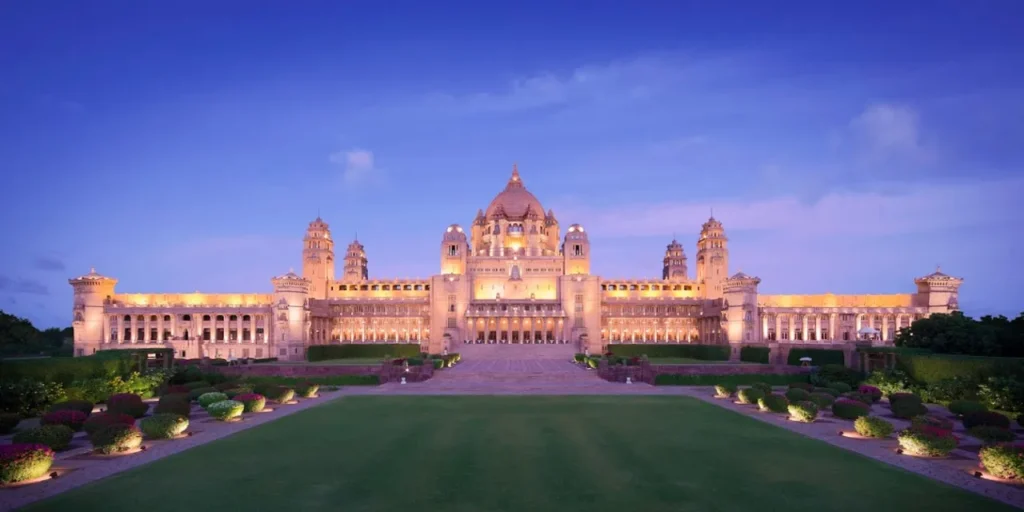
- Umaid Bhawan Palace, a magnificent blend of Indo-Saracenic and Art Deco styles, is one of the world’s largest private residences.
- Commissioned by Maharaja Umaid Singh, the palace stands as a symbol of Jodhpur’s architectural grandeur and royal hospitality.
- A portion of the palace has been converted into a luxury hotel, offering guests a chance to experience royal living.
- The museum within the palace is filled with royal artifacts.
Jaswant Thada: A Marble Masterpiece:
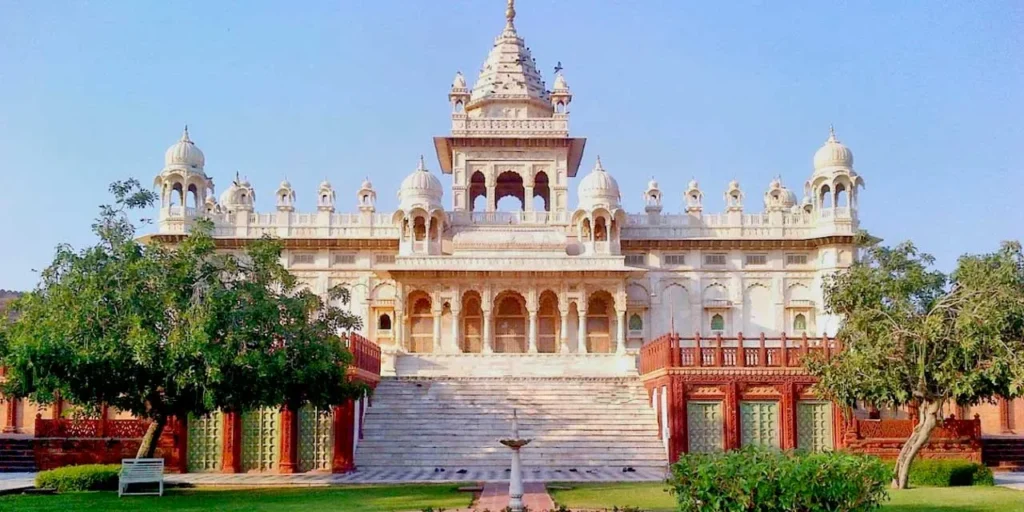
- Jaswant Thada, a serene white marble memorial, is a testament to the city’s architectural finesse and artistic craftsmanship.
- Its intricate latticework, delicate carvings, and peaceful ambiance make it a popular attraction.
- The surrounding gardens and lake, add to the beauty of the location.
The Blue Hue: A City's Signature:
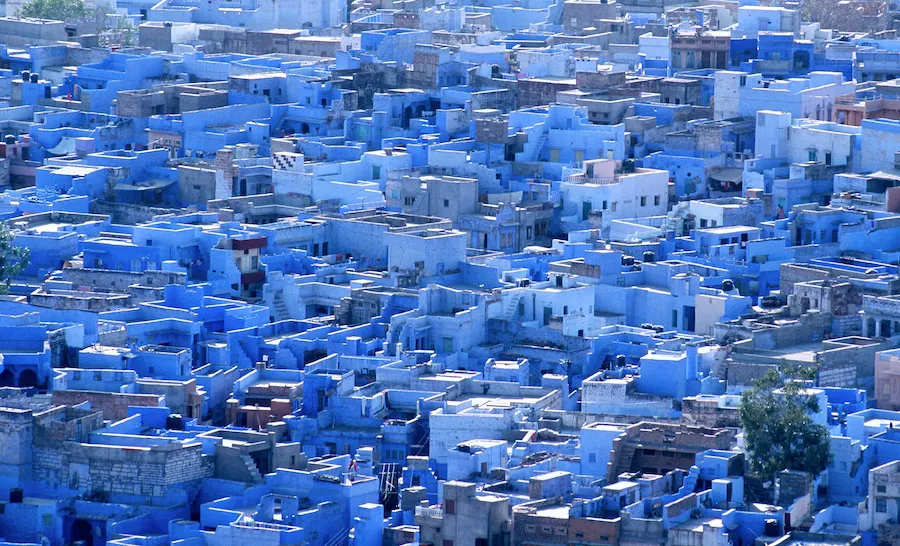
- The iconic blue-painted houses of the old city are a distinctive feature of Jodhpur, creating a mesmerizing visual spectacle.
- Various theories exist regarding the origin of the blue hue, including its use as a natural insect repellent and a symbol of the Brahmin caste.
- The blue colour, also helps to keep the houses cool during the hot months.
Cultural Tapestry: Traditions and Expressions
Jodhpur’s culture is a vibrant mosaic of traditions, customs, and artistic expressions, reflecting the city’s diverse heritage.
Music and Dance: Rhythms of Rajasthan:

- Rajasthani folk music and dance, including Maand singing, Ghoomar dance, and Kalbeliya dance, are integral to Jodhpur’s cultural identity.
- The Marwar Festival is a grand celebration of the region’s rich musical and dance traditions, showcasing the talents of local artists.
- Local musicians, still play traditional instruments.
Handicrafts and Art: Artisanal Excellence:
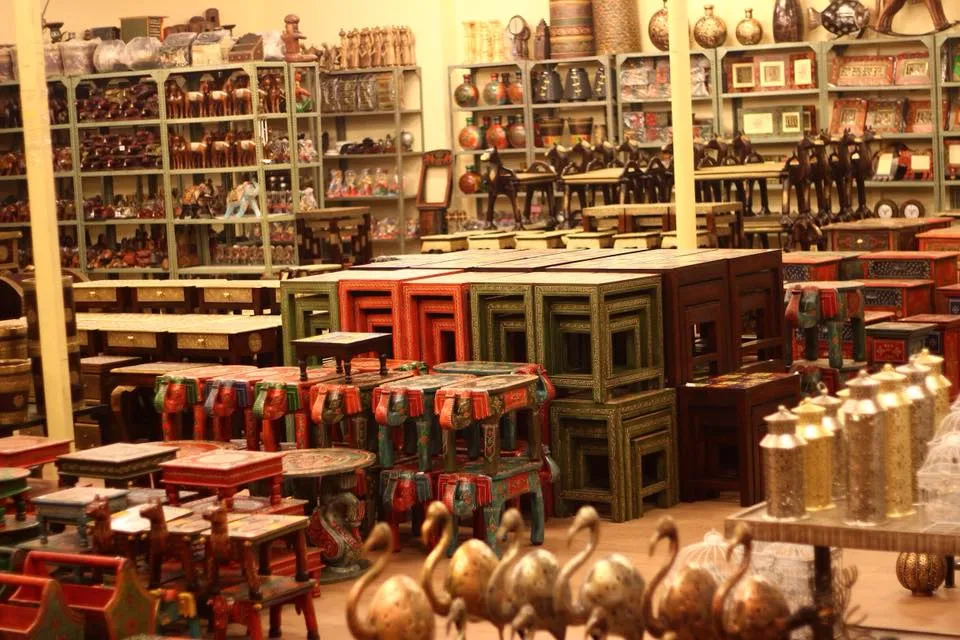
- Jodhpur is renowned for its exquisite handicrafts, including wooden furniture, textiles, jewelry, and leather goods.
- The city’s artisans continue to preserve age-old techniques and create intricate works of art, reflecting the region’s artistic heritage.
- Stone carving, and metal work, are also very popular.
Festivals and Celebrations: A City in Festivity:
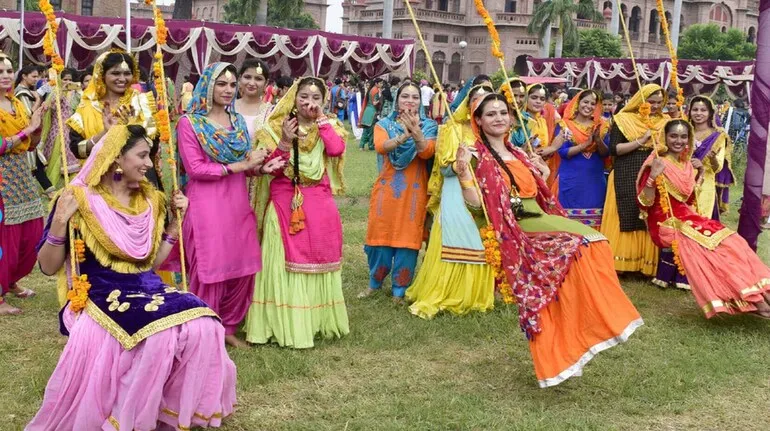
- Festivals like Diwali, Holi, Teej, and Gangaur are celebrated with great enthusiasm in Jodhpur, showcasing the city’s vibrant cultural traditions.
- The Nagaur Festival, a cattle fair, is a unique cultural event that attracts traders and visitors from across Rajasthan.
- The kite festival, is also a very popular event.
Cuisine: A Gastronomic Delight:
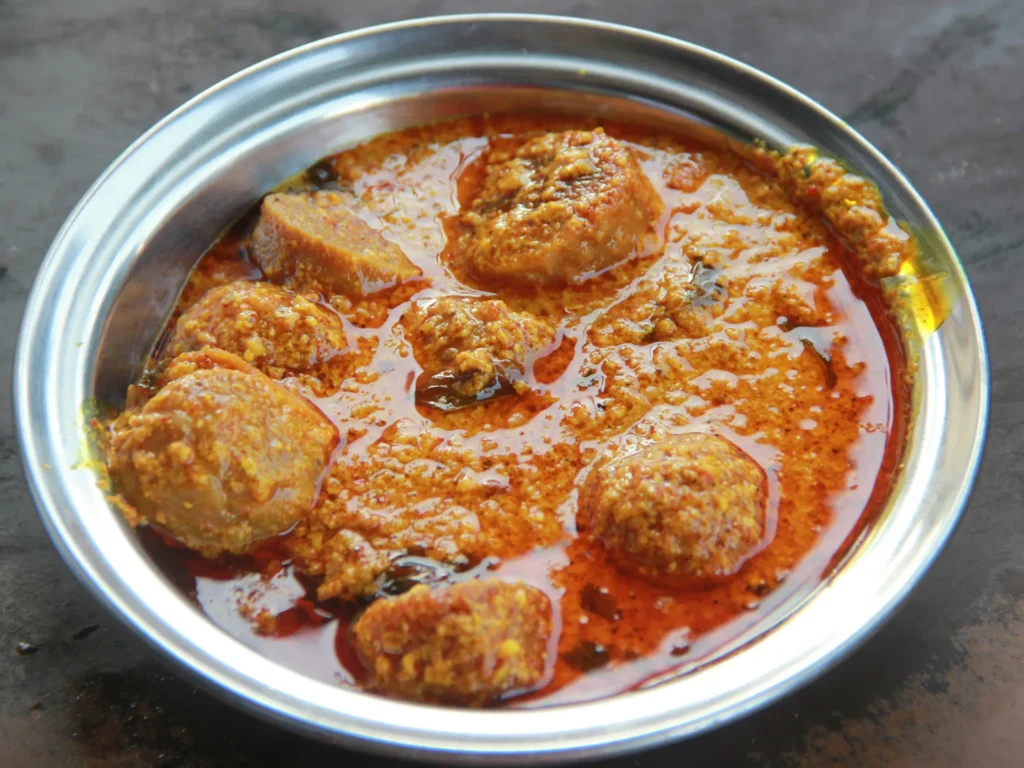
- Jodhpuri cuisine is a delightful blend of flavors, featuring dishes like Dal Baati Churma, Mirchi Vada, Makhaniya Lassi, and Ghewar.
- The city’s street food and traditional restaurants offer a culinary journey through Rajasthan’s gastronomic heritage.
- Local spices, give the food a very unique flavour.
The Bishnoi Community: Guardians of Nature:
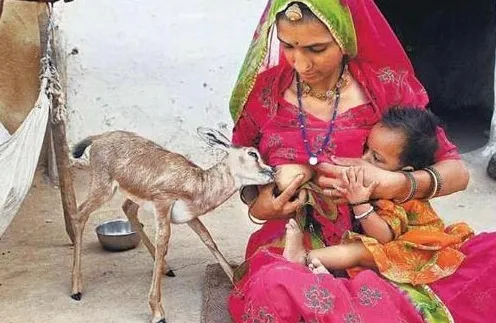
- The Bishnoi community, residing near Jodhpur, is renowned for its unwavering commitment to environmental conservation and wildlife protection.
- Their unique cultural practices and traditions offer a glimpse into a sustainable way of life.
Preserving the Legacy: A Commitment to Heritage
Jodhpur’s cultural heritage is not merely a relic of the past; it’s a living tradition that continues to shape the city’s identity and inspire future generations.
Conservation Efforts: Safeguarding the Past:
- Efforts are being made to preserve Jodhpur’s architectural heritage and cultural traditions through restoration projects and cultural initiatives.
- Organizations and individuals are working to safeguard the city’s historical landmarks and promote its cultural legacy.
Tourism and Cultural Exchange: Bridging Cultures:
- Tourism plays a vital role in promoting Jodhpur’s culture and heritage, attracting visitors from around the world.
- Cultural exchange programs and initiatives foster understanding and appreciation of Jodhpur’s rich heritage.
The next generation:
Many families pass down their traditional skills, ensuring that the local crafts, and traditions are not lost.
Exploring Jodhpur's Heritage: A Visitor's Guide
- Mehrangarh Fort: Explore the fort’s palaces, museums, and courtyards, and enjoy panoramic views of the city.
- Umaid Bhawan Palace: Experience the grandeur of this architectural masterpiece and visit the museum.
- Jaswant Thada: Admire the intricate carvings and peaceful ambiance of this marble memorial.
- Old City Walk: Wander through the blue-washed streets of the old city and discover hidden gems.
- Local Markets: Explore the vibrant markets of Jodhpur, such as Sardar Market and Tripolia Market.
- Cultural Performances: Attend cultural events and performances to experience Rajasthani music and dance.
- Culinary Delights: Savor the flavors of Jodhpuri cuisine at local restaurants and street food stalls.
- Bishnoi Village Tour: Take a tour to Bishnoi Village, to experience the local culture.
- Hire a Local Guide: A guide can give valuable information.
Conclusion:
Jodhpur’s history and culture are a captivating blend of royal grandeur, architectural marvels, and enduring traditions. By immersing yourself in its forts, palaces, markets, and festivals, you’ll gain a deeper understanding and appreciation for the Blue City’s rich heritage and vibrant spirit.
Frequently Asked Questions About Jodhpur's History and Culture
Who founded Jodhpur and when?
Jodhpur was founded in 1459 by Rao Jodha, a Rajput chief of the Rathore clan.
Why is Jodhpur known as the "Blue City"?
Jodhpur is known as the "Blue City" because many of the houses in the old city are painted blue. Various theories exist, including its use as a natural insect repellent and a symbol of the Brahmin caste.
What are the main historical attractions in Jodhpur?
The main historical attractions in Jodhpur include Mehrangarh Fort, Umaid Bhawan Palace, and Jaswant Thada.
What are some of the popular cultural traditions in Jodhpur?
Popular cultural traditions in Jodhpur include Rajasthani folk music and dance, traditional handicrafts, vibrant festivals like Marwar Festival and Diwali, and the unique culture of the Bishnoi community.
What kind of handicrafts is Jodhpur famous for?
Jodhpur is famous for its wooden furniture, textiles, jewelry, and leather goods. The city is also known for its stone carvings and metal work.
How can visitors experience Jodhpur's culture?
Visitors can experience Jodhpur's culture by exploring historical sites, attending cultural performances, visiting local markets, trying traditional cuisine, and taking tours to Bishnoi Village.
What is the significance of Mehrangarh Fort?
Mehrangarh Fort is a symbol of Jodhpur's royal power and architectural grandeur. It provides a glimpse into the opulent lifestyle of the Rathore rulers and houses a museum showcasing royal artifacts.
